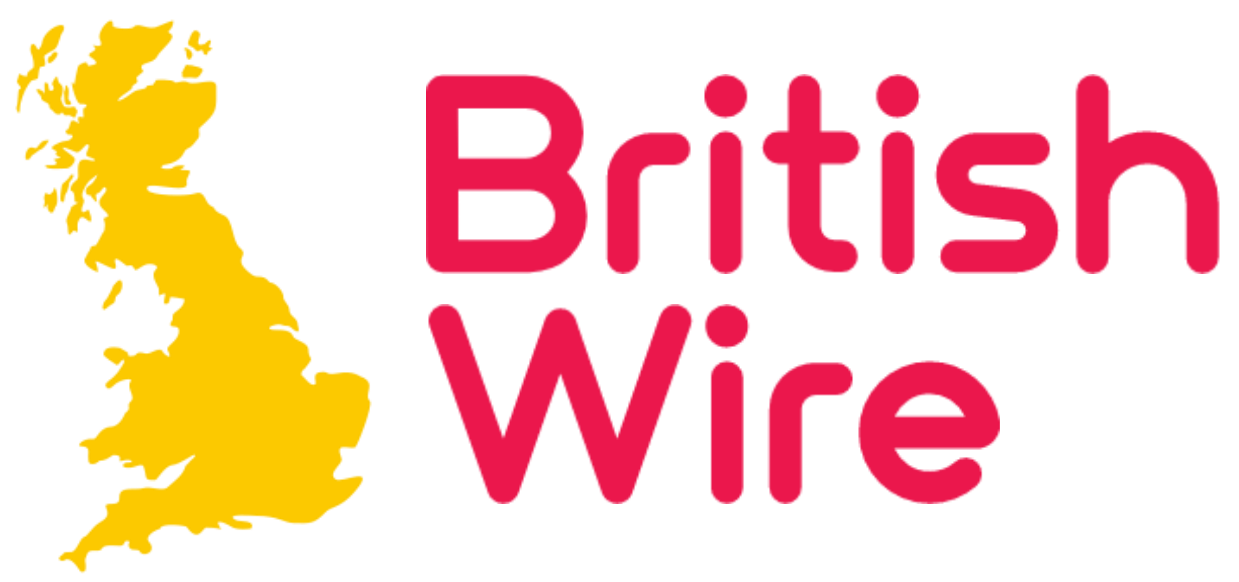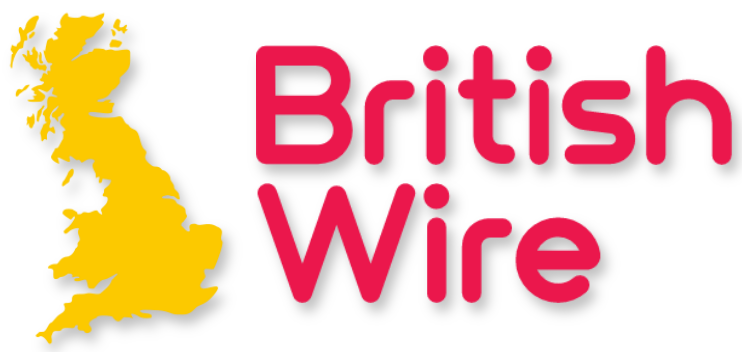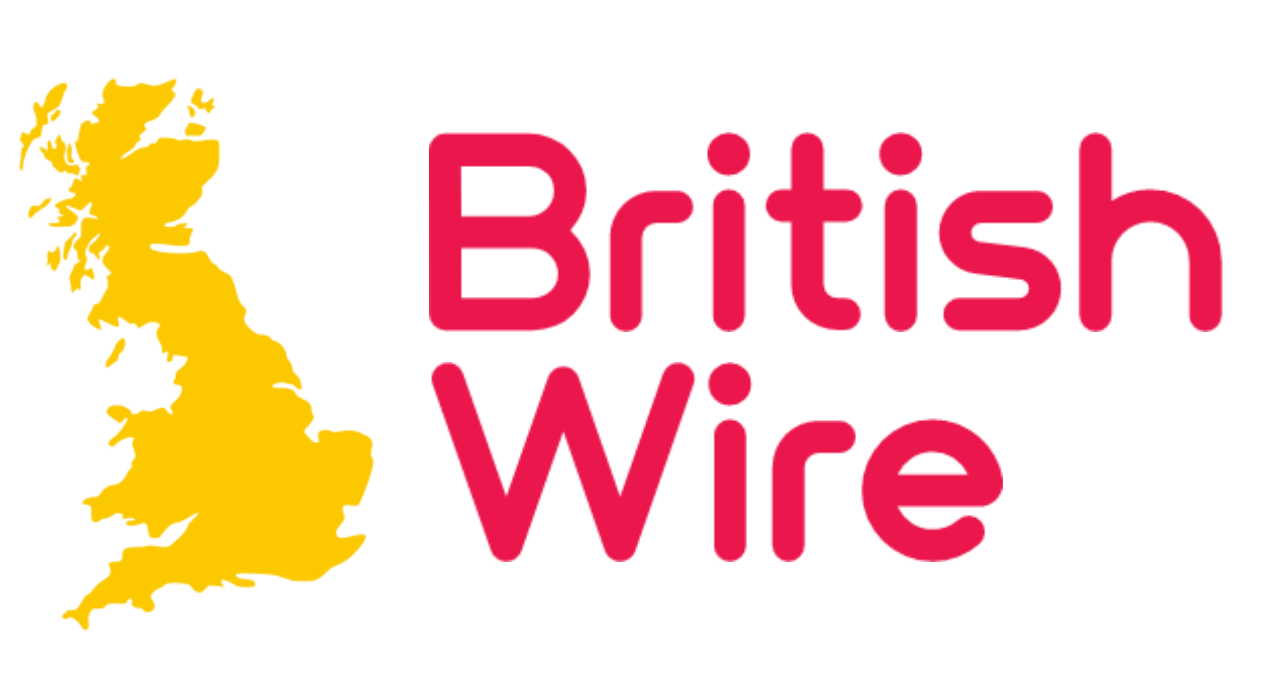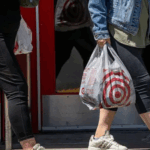Bacteria can be everywhere in the kitchen. However, it is essential to wash your hands and kitchen surfaces before and after making food. Bacteria can spread around. If the bacteria get into food, they can cause foodborne disease.
Most bacteria and viruses that cause flu, colds, and foodborne diseases are found in poultry, raw meats, and fish. These bring many harmful bacteria, one of the important is E.coli. It is found in half raw hamburgers. According to the CDC, it is a common cause s of foodborne illness.
Many people think that if the surface looks clean, it Is safe. For example, a kitchen looks spotless, but it can be polluted with many organisms that cause diseases.
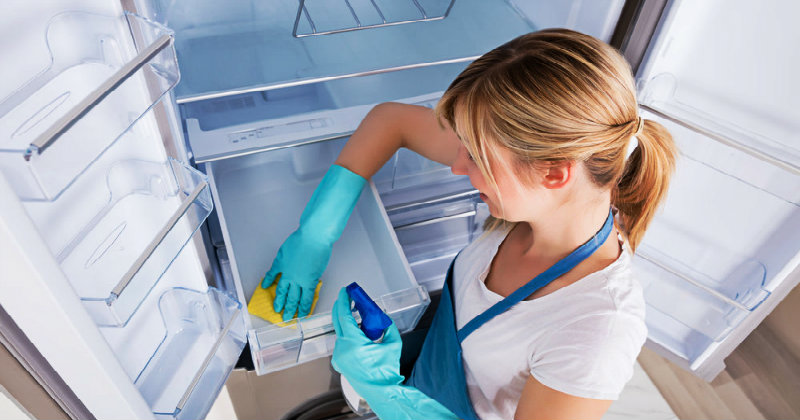 Cleaning and sanitizing are different things. Cleaning removes grease, food residues, and dirt; besides harmful bacteria, cleaning also removes other bacteria.
Cleaning and sanitizing are different things. Cleaning removes grease, food residues, and dirt; besides harmful bacteria, cleaning also removes other bacteria.
Cleaning hands and sanitizing the gadgets
Always wash your hands before eating, before making food, and after cleaning out the fixed area.
- Wash your hands outside the kitchen
- After using bathroom
- After holding pets and cleaning up
- After caring for the sick person
- When you think your hand might be contaminated
Always clean the palm between the fingers, the top surfaces,
Wash your hands on the surface and up to the wrists.
Cleaning removes germs
Cleaning works by using soap and water to abolish germs from the surface physically. This process does not kill germs but abolishes them; it lessens their number and the risk of spreading infection.
Disinfecting kills germs
Disinfecting works by chemicals to kill germs on surfaces or objects; this process does not necessarily clean dirty surfaces or clean out germs. However, killing germs on a surface after cleaning lowers the risk of spreading infection.
Sanitizing lowers the number of germs
Sanitizer lowers the number of germs on surfaces and objects to a safe level by decided public health standards or requirements. This procedure reduces the chance of contamination.
Clean and disinfect surfaces and objects
Daily sanitizing surfaces and objects used, such as desks, doorknobs, computer keyboards, hands-on learning items, countertops, faucet handles, phones, and toys, is necessary.
Immediately, clean surfaces and objectives that are visibly dirty. If surfaces or objects are dirty with body fluids or blood, use gloves and other standard precautions to avoid the fluid. Remove the spill and clean the surface.
Routine cleaning and disinfecting
Managing your cleaning and disinfecting strategies for the germs you want to remove or kill is essential. For example, the flu virus can live, and infect a person for up to 48 hours after being deposited on a surface.
Clean and disinfect correctly
Always follow label directions on cleaning products and cleaners. Wash surfaces with a cleaner to remove germs, wash with water, and follow with EPA-registered sanitation to kill germs.
